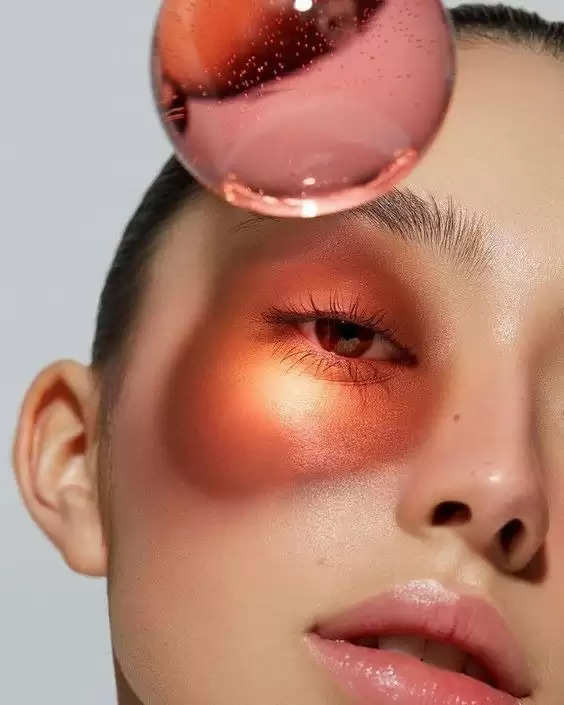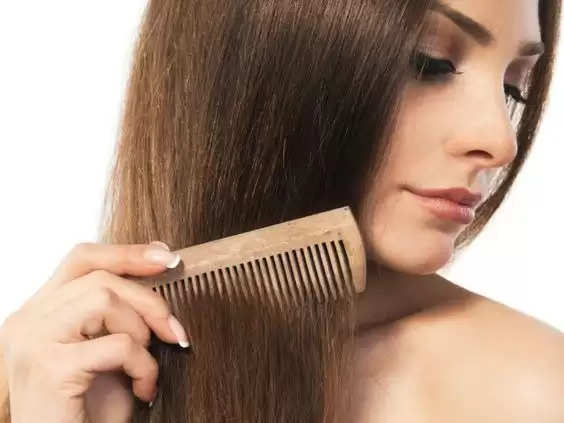Unlock the Secret to Flawless Beauty: Overcoming the Most Common Hair and Skin Challenges for Women
Women suffer from pigmentary abnormalities, certain hair problems, and autoimmune and allergic reactions. Additionally, they experience various skin and hair problems due to their menstrual cycle, hormonal imbalance, pregnancy etc.

Women suffer from pigmentary abnormalities, certain hair problems, and autoimmune and allergic reactions. Additionally, they experience various skin and hair problems due to their menstrual cycle, hormonal imbalance, pregnancy etc.
Skin problems include:

Rosacea: This persistent skin condition recurs after a period of fading. Spicy foods, alcohol consumption, solar radiation, stress, and Helicobacter pylori, an intestinal bacterium, can trigger relapses. Some expected results include flushing, redness and bumps on the face and dryness and itching of the skin.
Acne: Acne often appears on the face, upper back, neck and other parts of the body. Skin eruptions include redness, clogged pores, blackheads and whiteheads, zits, painful or deep cysts, and nodules. Without adequate care, this condition can darken the skin or leave scars.
Athlete's feet: Due to constant exposure to sweat and airborne dust particles, feet are more susceptible to fungal infections than other parts of the body. Athlete's foot is characterized by redness, itching, and cracked skin on the feet and in the space between the toes.
Eczema: Eczema is characterized by yellow or white flaky and scaly patches on the skin. Affected areas feel sticky or oily or itchy. Eczema can result in red rashes or odd-colored rashes on different people.
Sunburn: Sunburn is another common but dangerous problem that women face. Because of the sensitivity of women's skin, the sun's harsh UV rays quickly damage and burn the skin.
Some common hair problems include:

Damaged and broken hair: The outer layer of damaged hair becomes brittle and cracks develop. Additionally, it can be challenging to manage and look lifeless and frizzy. It can be caused by excess hair during shampooing, combing and heat exposure. Hair damage is also caused by split ends which are dry, brittle and fried ends of hair.
Premature Greying: Early onset of graying of hair is known as premature greying. A number of things, such as stress, genes, smoking and other medical conditions, can contribute.
Dandruff: A common scalp condition known as dandruff is associated with the formation of flaky, dead skin on the scalp and hair. It can be caused by dryness or oiliness of the skin.
Hair loss: Several factors can contribute to hair loss in women, including hormonal fluctuations, emotional burnouts, genetic factors, and other specific medical conditions.
treatment
Treatment for these problems may include medication, lifestyle changes, or topical creams and lotions, depending on the severity of the problem. In some cases, a consultation with a dermatologist or other healthcare provider may be needed to properly diagnose and treat the condition.
